HTV, also known as heat transfer vinyl, is an electronic machine people use to design t-shirts. Besides t-shirts, many famous brands use this device to design bags, pillows, and other fabric materials.
Well, then, can you use HTV on polyester? When it comes to polyester, you can still use the HTV machine. Is it worth it? Maybe yes, but you might be required to follow a few tips for smooth work. In this blog, you’ll learn whether or not HTV sticks to Polyester for 100%.
You must preheat the polyester cloth to test whether it’s appropriate for HTV. Use a neutral temperature and follow the steps to create a polyester t-shirt using the heat transfer vinyl.
In addition, don’t forget to select a creative HTV roll for your shirt.
What is HTV?
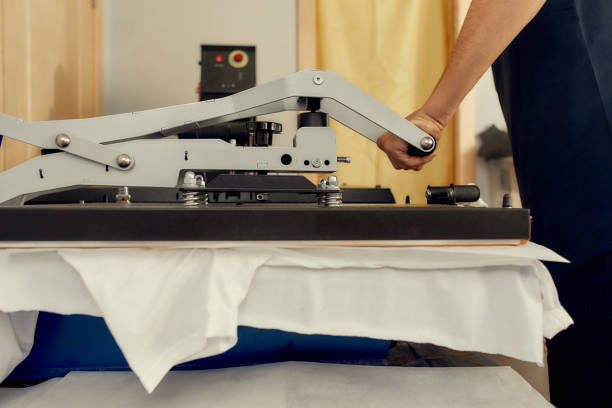
Generally, it is a heat press machine to customize any t-shirt. Several clothing brands use this to produce extraordinary garments. It produces heat to the blank t-shirt. Then, adding a vinyl roll or other fascinating designs gives the t-shirt a brand-new look.
You can add a picture of yourself or a portrait on your t-shirt using this machine. It is not only used for shirts but also to customize bags, pillows, and other fabric items.
Can HTV Stick to Polyester?
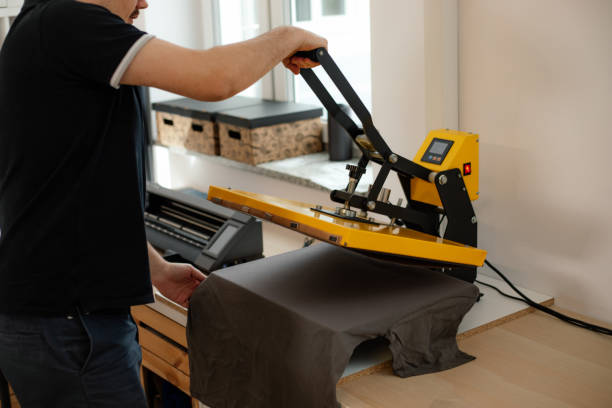
Yes, an HTV or heat transfer vinyl machine can perfectly stick to polyester. Adding an HTV machine to polyester and cotton items is the best option.
Using other fabric items, the HTV can melt or burn it. However, you must consider using an HTV machine on polyester at a neutral temperature. Too much heat can damage the quality of the polyester.
Using HTV on polyester can assist you in removing the dirt and moisture from it. It also ensures adequate stretching quality. If you take proper measurements, HTV can stick to polyester for 100% since it is wrinkle and shrinking-resistant.
How Do You Stick HTV to Polyester Perfectly?
1. Check Your Fabric

The first step you must consider before applying HTV on polyester is to check its fabric quality. Do a little quality test to check whether it can endure the heat of HTV. Cut a small piece of polyester and heat it.
2. Read the Instructions or Symbols
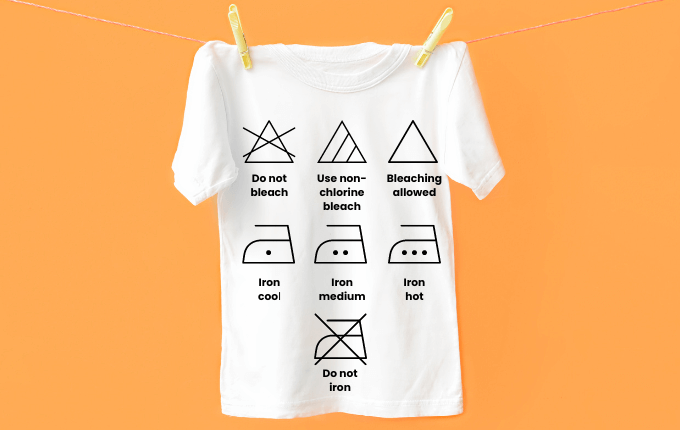
Read the small instructions on your T-shirts. It may help you to recognize whether the polyester is bleachable or not. Apart from that, you may understand the appropriate heat to apply to this piece of polyester. Please don’t ignore them; read them carefully to avoid burning marks on your clothes.
3. Select Appropriate HTV Rolls
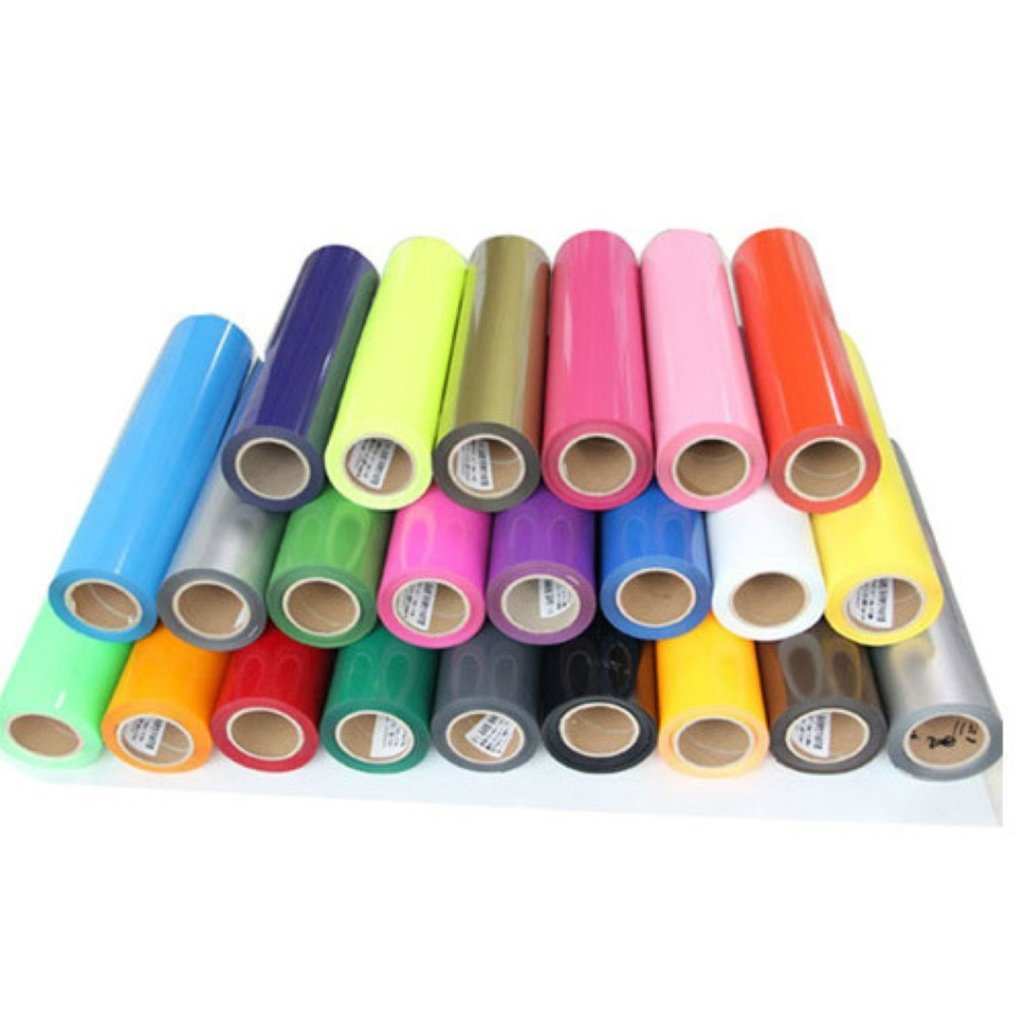
After testing the fabric quality and reading the instructions, you can choose an appropriate HTV roll for your polyester. Picking up the proper HTV role is essential for designing a t-shirt. Otherwise, it may produce a low-quality design. An adequate HTV roll can withstand the cloth every time during a wash.
4. Preheat Your Polyester
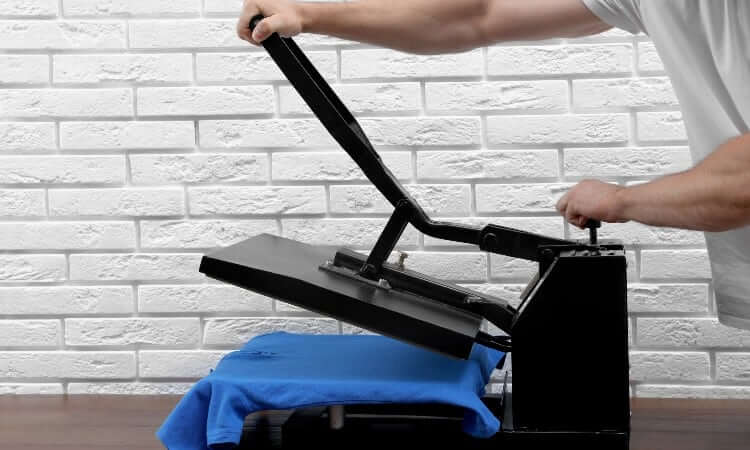
Before applying the HTV on polyester, pre-heat it for a while. It may assist you in commencing a hassle-free t-shirt design. It may help you recognize whether too much heat is sensitive to the polyester cloth. Then, select the proper temperature to heat it.
5. Use the Heat Press Temperature at Neutral
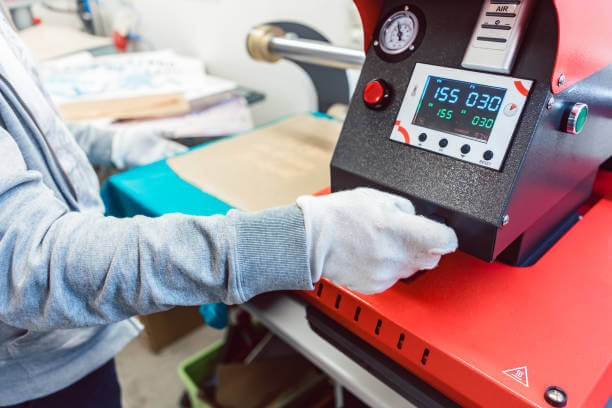
The HTV produces extreme heat. It may not be suitable for polyester. Try to use the HTV at a neutral temperature. For example, use it between 132°C to 137°C. Otherwise, it may burn the entire polyester or leave a heat mark.
6. Avoid Thick Silicone Sheet
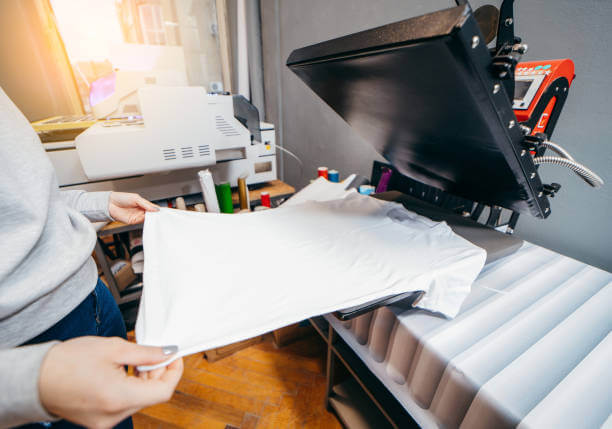
Don’t use a silicone sheet as a cover, especially if it’s thick. Sometimes people use HTV on pillows and use silicone shit as a cover. When it comes to heat a polyester, don’t use it. It cannot endure the temperature. In this case, you can use a teflon sheet for a cover.
7. Avoid Using Fabric Softener

People use fabric softeners to wash their clothes. It helps them to remove any stains or dirt from the cloth. However, try to avoid it as much as possible. The liquid softener can damage the polyester. Later, after applying HTV heat, it can burn the polyester, which disrupts your t-shirt design.
8. Remove Moisture from The Garments with HTV
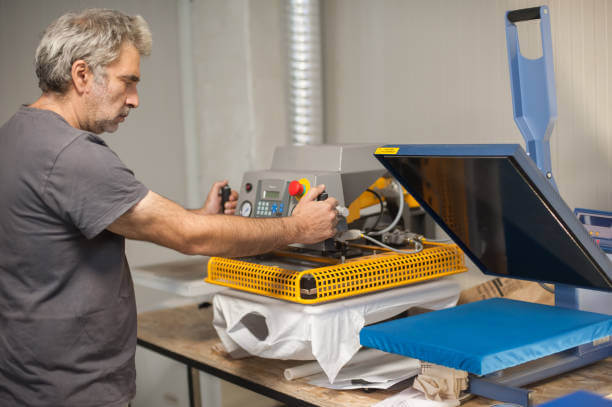
If you want to remove dirt or moisture from the polyester, use the heat transfer vinyl machine instead of an iron and fabric softener. Do this process while preheating the polyester. Press the HTV for a few seconds to remove the moisture and ensure adequate stretchability to your cloth.
9. Use a Cover Sheet for Extra Protection
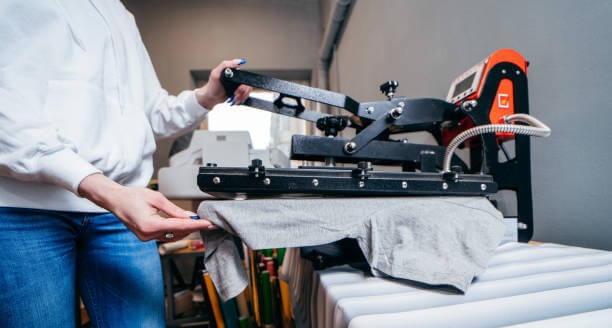
If you still worry about the burning, use a cover under the polyester. It may also help you to stick your HTV machine on it perfectly. Bring a Teflon sheet, as mentioned, and put your polyester on it. Then, slowly apply the HTV machine and complete your design.
10. Adjust Settings Correctly

After following all the above suggestions, apply the HTV machine to your polyester. To make it more perfect, adjust it as per the requirements. For example, hold the temperature at 140°C or below for 5 seconds. Do this 3 to 4 times, and your design is ready.
Summing it Up
The HTV, or heat transfer vinyl machine, is an ideal choice for polyester. There’s less chance of burning if you add an HTV machine to design clothes made of polyester.
To make it more perfect, you must follow a few tips or suggestions. It includes preheating your polyester before the design process, trying to use heat at a neutral level, and not using fabric softener.
In this blog, you’ve learned whether HTV sticks to 100% polyester. If you still have any queries, let us know in the comments.

